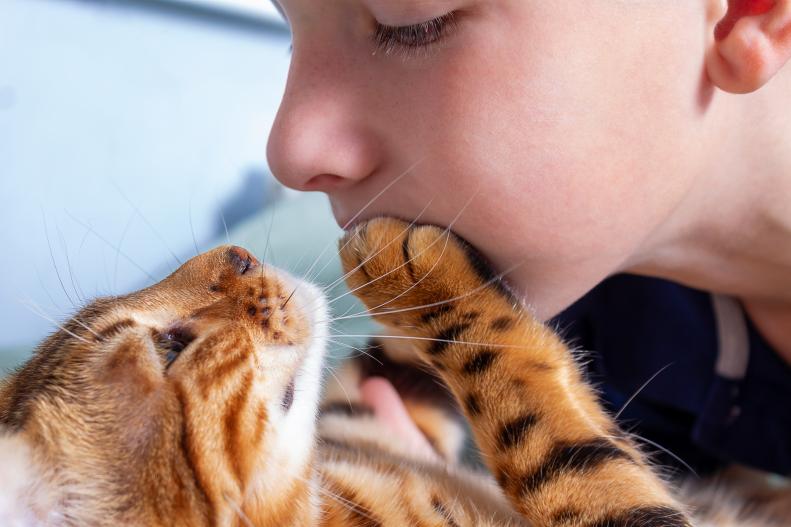What's In a Breed?
Cat breed diversity is fairly limited compared with dogs. According to a 2008 study, most cat breeds were developed in the last 150 years; as we’ve bred dogs (for specific physical and behavioral characteristics) for thousands of years, it stands to reason that the differences between a Burmese and a Bengal seem trifling compared to the differences between, say, a Maltese and a Mastiff.
That said, vets, behaviorists and adoption pros have plenty to say about the characteristics that can help ensure love matches between kitties and kids, as well as observations about breeds and mixes that have fit those characteristics in their experience. Petfinder allows would-be adopters search for cats in need according to breed, and general web searches can lead you to breed-specific cat rescues around the country. Fair warning: Though you might think you’ve got your heart set on a particular sort of feline, the most important part of adopting a prospective pet — that is, meeting them and gauging chemistry with each member of your family — could lead you to fall in love with a cat you might never have envisioned in the first place. Ready to start looking? Read on to learn about kitties that will love your kids (and vice versa).









